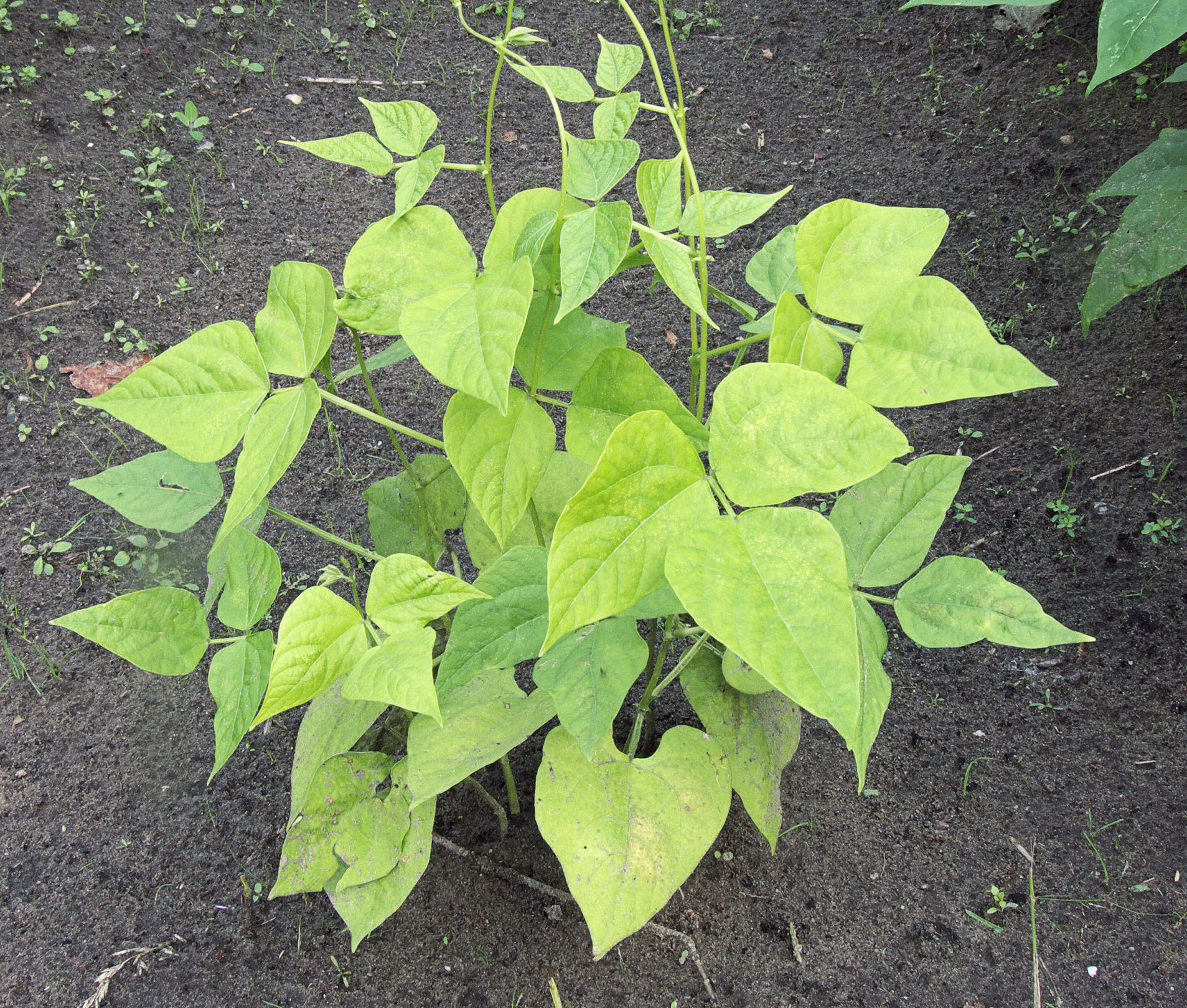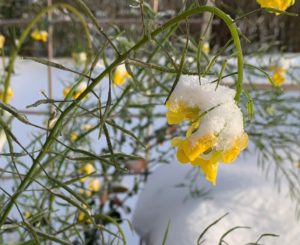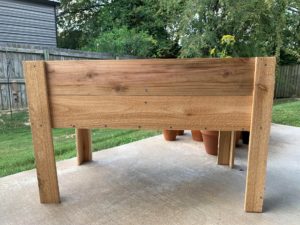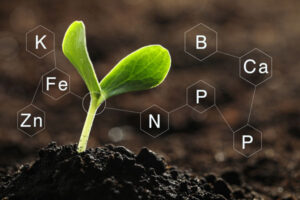Nitrogen is one of the three primary macronutrients that are essential to plant life. More specifically, it is vital for the formation of chlorophyll, the compound needed for photosynthesis, the process whereby sunlight is converted into energy that plants can use. It is also a key element in the production of amino acids, the building blocks for proteins and enzymes. Simply put, without nitrogen, plants cannot live.
Because nitrogen is a vital component to plant life, it is important to understand what a deficiency looks like in plants. The better you are at identifying this type of deficiency, the quicker you can address the problem, and the healthier the plant and the harvest will be.
Signs of Nitrogen Deficiency
Here are five symptoms your plant may not be getting sufficient amounts of nitrogen:
1. Yellow Leaves
One of the first signs you may notice is that the lower, and therefore, older leaves have begun to turn a pale yellow to yellow-green. The color change will start from inside the leaves and move outward. Some plants, like tomatoes, cabbage, and broccoli, may even look purple on the underside of the leaves and stems.
Yellowing occurs because the lack of nitrogen causes the plant to reallocate the nutrient being used by older foliage and redirect it to meet the nutrient demand made by newer growth. As a result, the older growth will lose its ability to produce chlorophyll and thereby diminish or lose its green color. Eventually, all of the foliage turn yellow.
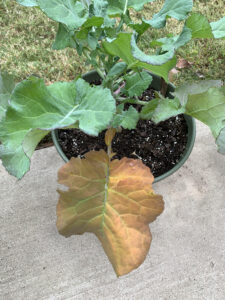
2. Slow or Stunted Growth
Another tell-tale sign of insufficient nitrogen is slow or stunted growth. Because nitrogen is required for cell multiplication, the lack will affect all aspects of plant growth resulting in smaller leaves, less foliage, shorter or smaller plants, and a less vigorous appearance.
3. Smaller or Fewer Flowers and Produce
A decrease in the size and number of flowers can also be a sign that a plant needs more nitrogen. In addition, buds may flower too early, and flowers may wilt prematurely. Produce will also be negatively affected in terms of size, quantity, and quality. Ultimately, the plant will stop producing blooms and fruit altogether.
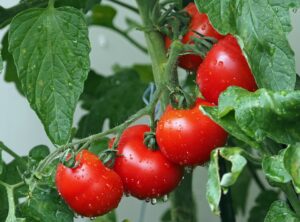
4. Susceptibility to Diseases and Pests
Plants that are not getting the nutrients they need are more vulnerable to disease and pests. Thus, a lack of nitrogen can lead to a host of other problems which can mask the plant’s nutritional deficit. It can be challenging to accurately diagnose a plant that has multiple health issues.
5. Defoliation and Death
If your plant is dropping leaves, it could be the result of insufficient nitrogen. If left untreated, defoliation will continue and ultimately, the plant will die.
This article contains affiliate links. If you make a purchase using one of these links, I will receive a very small commission at no additional cost to you, and it will help me maintain this website. Rest assured, I only recommend products I actually like!
How to Remedy a Nitrogen Deficiency
There are numerous causes and treatment options for nitrogen deficiency. It is important, however, that before you begin treatment, you perform a simple and inexpensive soil test to confirm the deficiency. Otherwise, adding nitrogen to soil that is not deficient can cause nitrogen toxicity. This is the test kit that I use.
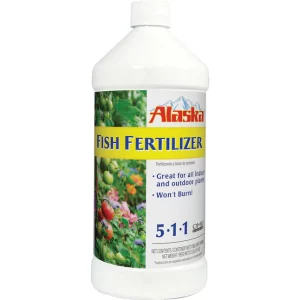
Once a deficiency has been established, you will want to treat the problem as quickly as possible before it gets worse. The quickest way to remedy the problem is to use a liquid fertilizer that is high in nitrogen. Fish emulsion, like the one I use, is easily absorbed by the plant’s root system. If treated properly, the plant’s green color and vigor should return in about one week.
Other treatment options include applying a liquid fertilizer that is higher in nitrogen than it is in phosphorus or potassium. This is the one I use. Or you can apply rabbit manure or well-matured cow, chicken, or horse manure. Coffee grounds, aged compost, blood meal, and granular fertilizer are also great choices, however, they take much longer to work, and should be added to the soil prior to planting. Note, a plant that has been severely affected may not recover.
A lack of nitrogen does not have to ruin your garden. With proper testing and quick treatment, the deficiency can be remedied, and plant vigor restored.
Thank you for reading this article! If you found it interesting or helpful, please consider sharing it with others via email and social media!
